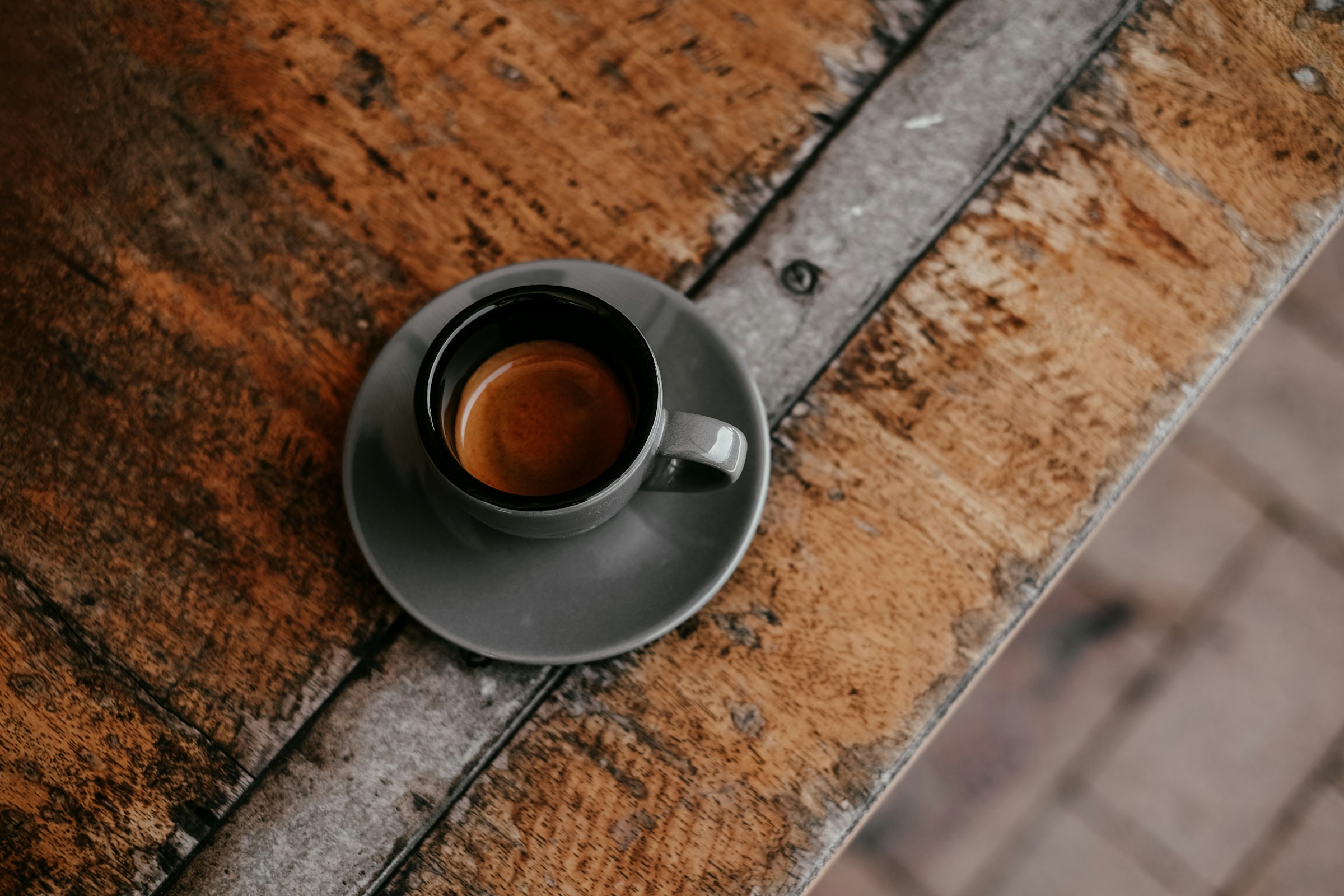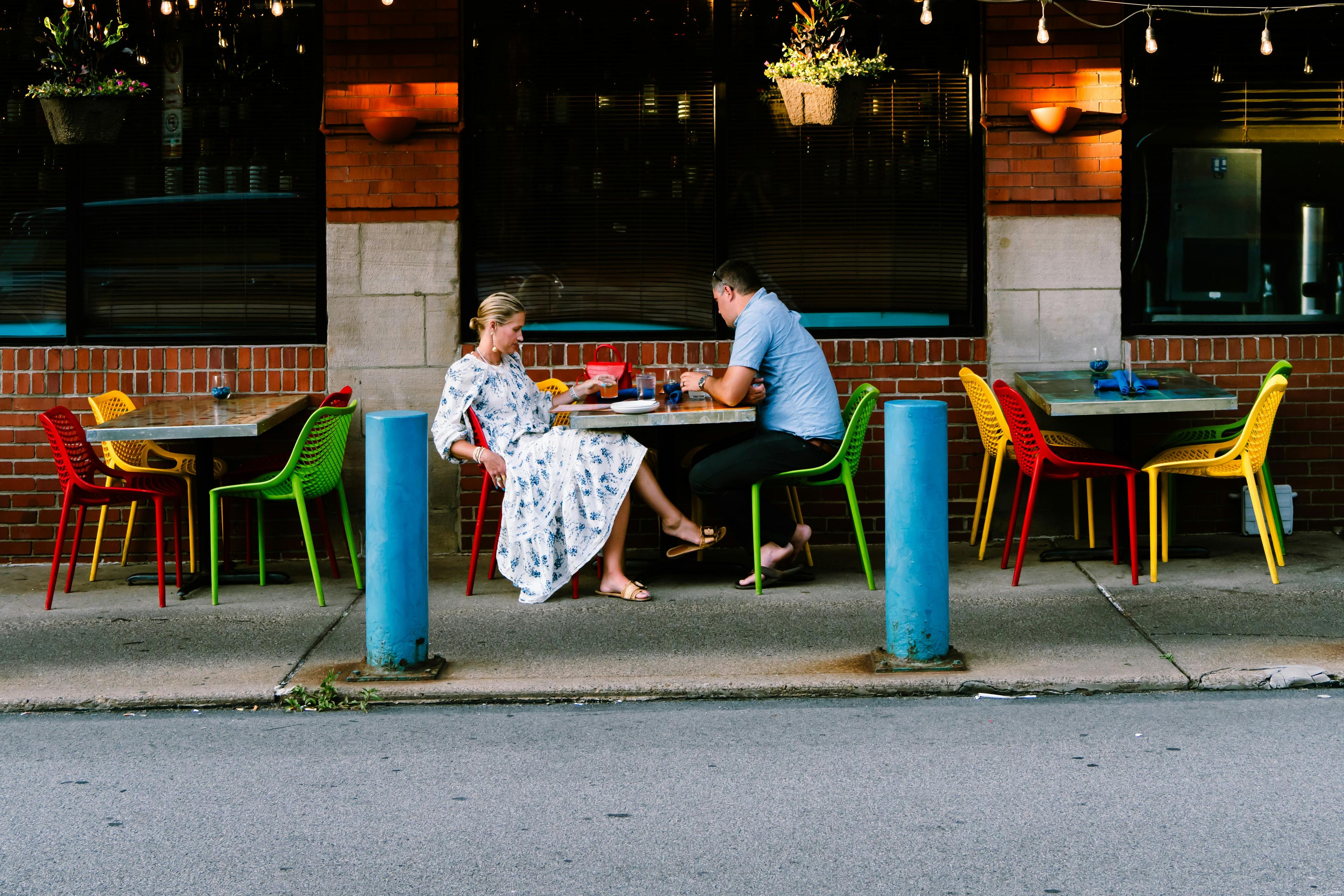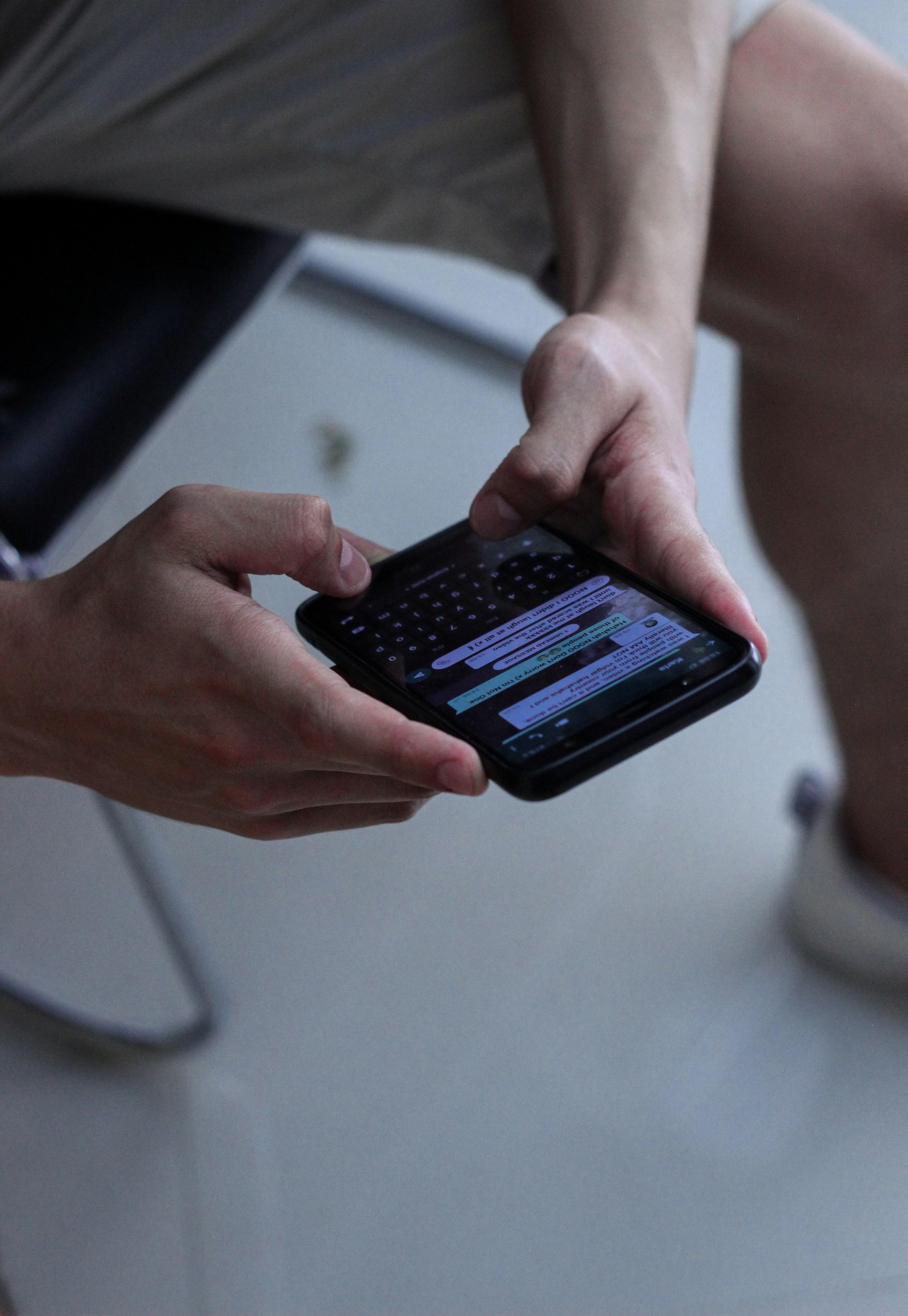Coffee works best when it is treated as a tool rather than a personality trait. Most of us reach for a cup because we want to think a little faster, move a little better, or simply feel a little brighter. Those outcomes are real, and they are supported by basic physiology. Caffeine blocks adenosine, the compound that builds sleep pressure through the day, which is why your mind feels clearer after a cup. It also nudges dopamine and norepinephrine, the neurotransmitters that sharpen attention and motivation. None of this creates energy from nothing. It changes timing and perception. When you respect that, coffee becomes a reliable ally for focus, performance, and mood, instead of a roller coaster that pays you in the morning and charges interest at night.
A better day with coffee begins before the first sip. Your body already gives you a burst of alertness through a natural rise in cortisol soon after waking. If you drink immediately, you crowd that process and set yourself up for a midmorning slump when the artificial lift fades. If you wait for about an hour to an hour and a half after waking, you allow your biology to do its job first. The first cup then has a cleaner effect and the energy curve through late morning feels smoother. This small change does not fight your habit, it refines it. Hydrate, get a few minutes of light movement, perhaps stand at the window for daylight exposure, then brew. You will notice fewer early crashes and a more even rhythm through lunch.
That same idea of timing applies to work. Coffee does not guarantee a productive day. It does create a short window in which attention is easier to hold and tasks feel less daunting. If you use that window for your most important work, the cup pays dividends. If you use it to answer low value messages or to sit in meetings where you mostly listen, the edge is wasted. A simple rule helps. Start your deepest ninety minutes of work within half an hour of your first cup. Protect that block. Silence notifications, set a clear objective, and finish something that matters. The cup has done its part by lowering the barrier to entry. You do your part by choosing the right door to walk through.
The same logic extends to training. Caffeine can lower perceived exertion so that a hard set feels slightly more manageable. It can also modestly shift the fuel mix toward fat oxidation in trained individuals, which may be useful for longer efforts. You do not need a large dose to find this benefit. A range of two to three milligrams of caffeine per kilogram of body weight, taken forty five to sixty minutes before your session, is often enough. Many people do well with less. The goal is not a heroic surge that leaves you buzzing into the evening. The goal is a small, repeatable lift that improves session quality without stealing from your sleep account. If you train before noon, your morning cup may fully cover you. If your session falls in early afternoon, a smaller second dose can help, and a strict cutoff will protect your night.
Sleep is where all the gains consolidate, so any coffee protocol that ignores bedtime fails the big test. Caffeine delays melatonin and fragments deep sleep, sometimes without obvious insomnia. You may fall asleep but wake feeling sandpapered and think you need more coffee to recover. The solution is unglamorous. Set a hard caffeine cutoff at least eight hours before your target bedtime. If you sleep at eleven, finish your last caffeinated drink by three in the afternoon. Earlier is better for sensitive people or for those navigating a run of short nights. This one boundary is the difference between coffee as an asset and coffee as a quiet tax on your performance.
How you drink also matters. Black coffee on an empty stomach suits some people, but others feel jittery or get rebound hunger that pushes them toward a sugary snack. Pairing your cup with a protein rich breakfast or a small snack helps stabilize appetite and mood, especially on busy mornings. If you are prone to reflux, a lower acidity roast or cold brew can be gentler, and a splash of milk can increase comfort without turning the drink into dessert. If your heart rate spikes or you feel oddly wired, you likely overshot your dose or drank too fast. Add water, slow down, and scale back next time. Tolerance is a spectrum, not a virtue contest.
Quality is not about snobbery. Freshly roasted beans tend to taste better and require less sugar to feel satisfying, which helps you avoid empty calories. Grind size changes extraction and therefore bitterness. A moderate grind and a patient pour can yield a smoother cup than an over pulled shot. You do not need expensive gear to benefit from these basics. A clean setup, a consistent recipe, and some curiosity go a long way. The payoff is less noise in your day. Fewer sweeteners. Fewer jitters. More reliable clarity.
Dosing should be boring. For most adults, one to three cups a day is a sustainable range. If you love the ritual of multiple coffees, use smaller pours or lighter brews rather than climbing the dose. Save the strongest cup for the block of work or training that matters most. If you routinely need more than three cups just to feel normal, the problem is not a lack of caffeine. The problem is likely sleep debt, stress load, or both. Coffee is masking a deeper issue. Address the base, then bring coffee back as a support.
Some people like to cycle their intake to maintain sensitivity, perhaps reducing caffeine one or two days a week. This can work, but there is no prize for suffering. If you experiment, taper rather than quit abruptly, since headaches are common with sudden withdrawal. Keep hydration high and use decaf to preserve the ritual while the dose falls. The point is not to prove toughness. The point is to learn how little caffeine you need for the benefits you want.
There are real cautions. Pregnancy, heart rhythm concerns, strong anxiety, and certain medications all change the risk profile. In those cases, professional guidance matters more than internet rules. Even for healthy people, signs like shakiness, nausea, or unusual anxiety are simple feedback that the dose or timing is wrong. Pay attention. Pull back. Try spacing coffee away from long fasted periods, and keep a clear line between your last caffeinated drink and your evening routine.
Additives deserve a simple audit. Sugar and flavored syrups can turn a helpful drink into a stealth dessert. If sweetness is part of your enjoyment, cut your usual amount in half and give your palate a week to adjust. Many people find that better beans and cleaner extraction reduce the need for extras. Milk can fit, but measure it instead of eyeballing a free pour. The goal is a satisfying cup that supports your day rather than a habit that quietly expands your calorie budget.
Travel and shift work complicate the picture, but the same principles hold. Use coffee to align with destination daylight rather than to fight time zones with random hits. On long flights, time your cups to match the day on arrival, then stop six to eight hours before the new bedtime. For night shifts, place the heaviest dose early in the shift and taper toward the end so that daytime sleep can still take hold. That discipline can feel strict when fatigue tempts you, yet it is the only way to make coffee serve your schedule instead of hijacking it.
When these pieces come together, the benefits stack. A clear morning helps you enter deep work sooner. A small pre training lift improves the quality of your session. A clean cutoff protects the sleep that consolidates progress. Each step reinforces the next. Coffee shifts from a crutch you lean on without thinking to a precise input you deploy with purpose. The result is not a buzz that fades. It is a day that feels coherent.
The phrase benefits of drinking coffee daily should not be a license to drink carelessly. It is a reminder to design a simple protocol that survives messy weeks. Delay the first cup. Pair it with protein if you need stability. Use the window for important work. Dose modestly before training. Defend an eight hour caffeine free runway before bed. If you deviate, treat it as an experiment, not a failure. What matters is the pattern across the week, not a perfect day.
Most people do not need more intensity from their coffee. They need better timing, clearer boundaries, and a willingness to listen to their own signals. With that approach, coffee will sharpen attention, make hard efforts feel slightly easier, add a small lift to mood, and still let you sleep like someone who respects tomorrow. That is the quiet power of a tool used well.














